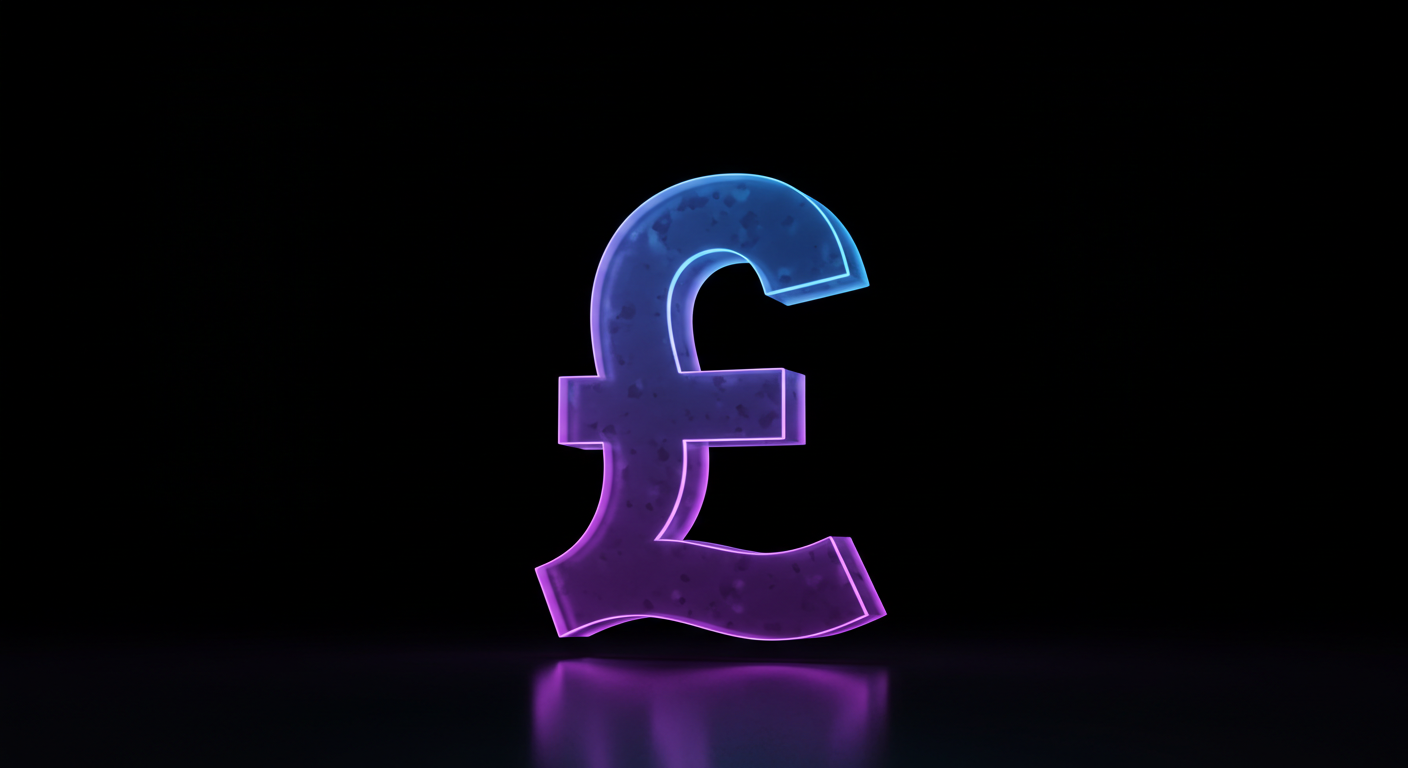
GBP/USD remains around 1.3735 during the Asian session on Friday, reflecting pressure on the US Dollar. The possibility of Donald Trump choosing the next Fed Chair has increased forecasts for early US rate cuts, affecting the Dollar against the Pound Sterling.
The future independence of the Fed is under scrutiny, contributing to the US Dollar’s decline. Trump’s list of potential successors for Fed Chair includes three or four candidates, though their identities remain undisclosed.
Us Economy Update
The US economy reported weaker-than-expected GDP data, shrinking by 0.5% in the first quarter, according to the Bureau of Economic Analysis. This figure was lower than both the previous estimate and the market expectation of -0.2%.
On the UK side, dovish comments from Bank of England Governor Andrew Bailey suggest limits to GBP/USD’s gains. The Bank of England left interest rates at 4.25% during its June meeting, with a minority of the Monetary Policy Committee voting for cuts.
The Pound Sterling is the fourth most traded currency in the world, involved in 12% of foreign exchange transactions. Economic data releases and trade balance are essential factors influencing the value of GBP, with stronger data potentially leading to a rise in Sterling.
The recent sideways movement in GBP/USD around the 1.3735 level reflects a combination of steady Sterling flows and a softening Greenback. The downward momentum on the US Dollar side intensified as markets reassessed the implications of political developments in the United States, most notably the rising probability of a return of Trump to the White House and what that might mean for monetary policy.
Future Rate Expectations
Investors now anticipate that the balance of power over future rate decisions might shift. Trump’s intention to influence the Federal Reserve’s leadership—highlighted by reports that he is already considering up to four potential appointees—raises doubts about the central bank’s autonomy. Although none of the names have been shared publicly, the expectation is that they would be more inclined to lower borrowing costs, thus weakening the USD.
At the same time, the broader US economic picture has begun to show some fatigue. The preliminary estimate for Q1 GDP showed output dropping by 0.5%. Economist consensus had leaned towards a milder 0.2% contraction, so this result has prompted a recalibration of interest rate forecasts. If growth continues to stall, we expect further repricing in short-term interest rate futures, which could weigh even more on the Greenback over the next month.
On the UK side, monetary policy has shown itself to be more stable, though perhaps nearing a turning point. Bailey’s recent comments leaned more towards policy loosening, reflecting growing concerns about underlying demand pressures. Despite leaving rates unchanged at 4.25% last month, the Bank’s voting split suggests that internal discussions around potential reductions are gaining traction. Market participants may be right to start factoring in this possibility, albeit at a slower pace compared to expectations for the Fed.
We’ve also seen the Pound retain resilience, thanks in part to its role in the global currency system where it accounts for roughly 12% of trading flows. Even in the absence of fresh data, liquidity considerations can keep Sterling firm. Still, it’s forward-looking economic releases – like CPI or trade numbers – where movement could emerge. This week’s calendar is relatively light, but upcoming PMI data and retail sales numbers could stir volatility if they diverge from recent trends.
At a more technical level, options traders should keep a close eye on implied volatility ranks, especially as skew around GBP/USD calls remains elevated. That’s often an indicator of near-term expectations for upside movement, though liquidity around key strikes could shift as macro data releases approach.
The near-term picture remains finely balanced. On paper, both central banks have room to shift policy later in the year, but rate differentials are still favouring Sterling. Our focus in the coming sessions will stay fixed on forward rate pricing rather than spot action alone. Markets are telling us a story through yield curves and OIS spreads – and right now, that story hints more at USD softness than GBP strength.
Those managing exposure via derivatives should also note the changing correlation between GBP/USD and US equity futures. While typically weak, the relationship has firmed as monetary policy speculation intensifies. If rate cut bets grow stronger, equities may rally and drag major pairs with them – GBP/USD included.
It’s movements around central bank policy stances and macro divergence that will be decisive. So long as GBP remains tethered to a comparatively cautious BoE and the Fed faces renewed political pressure, we expect ongoing chop in the one-month risk reversals. Consider that when managing week-to-week positioning.







